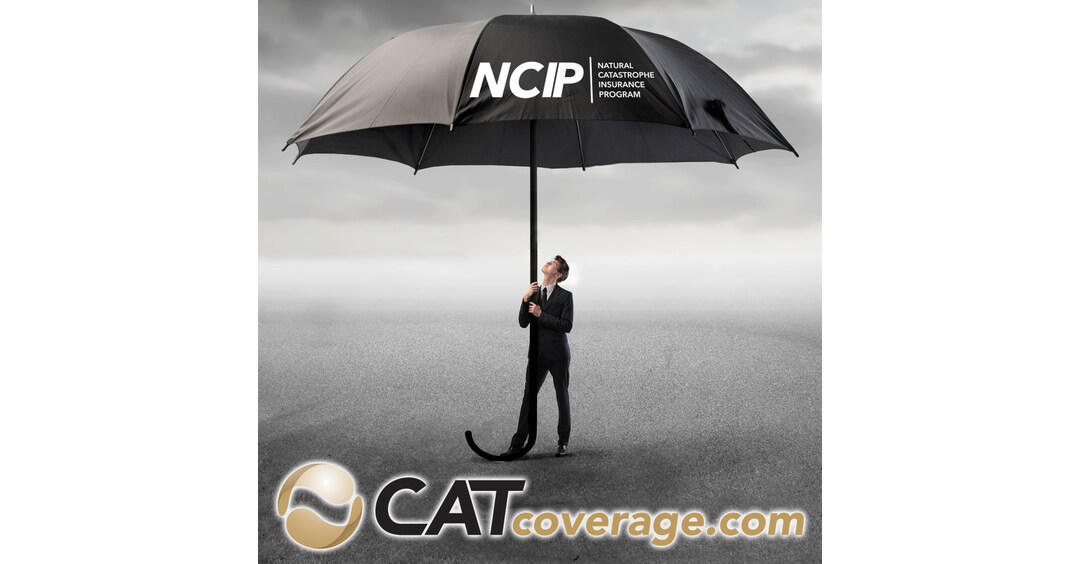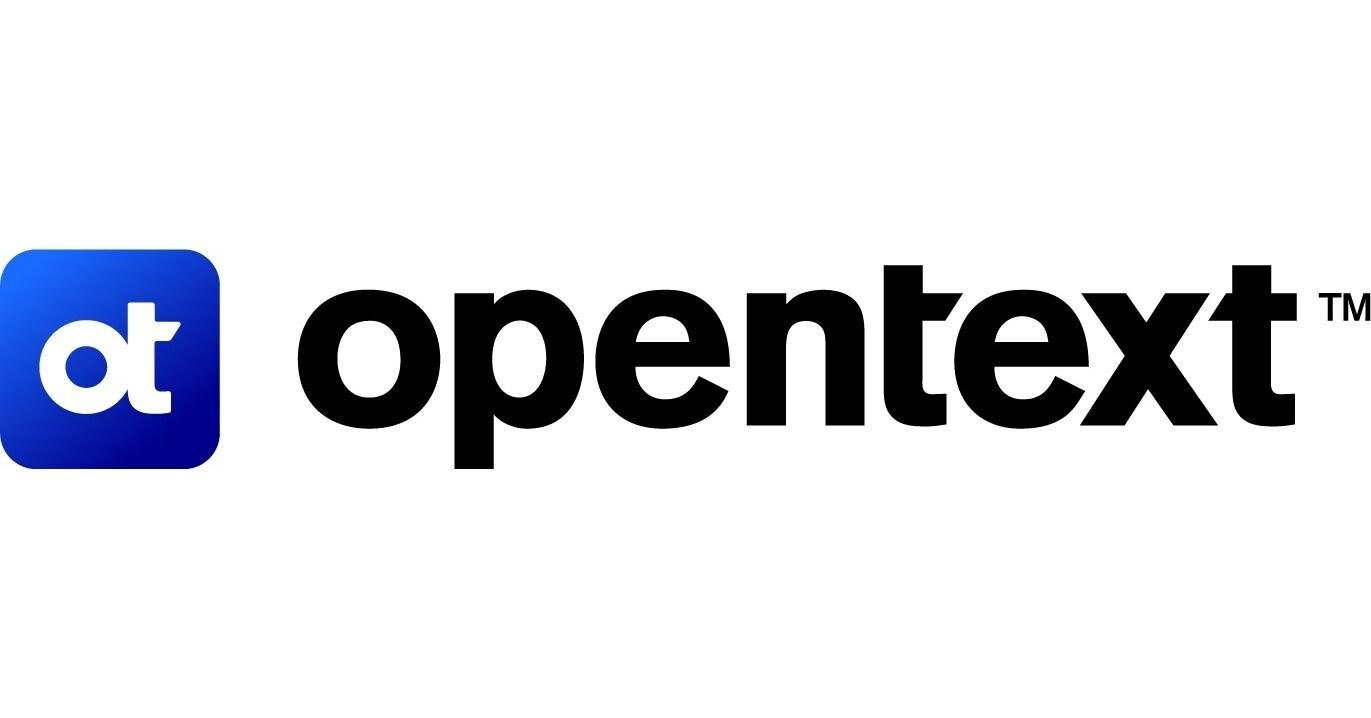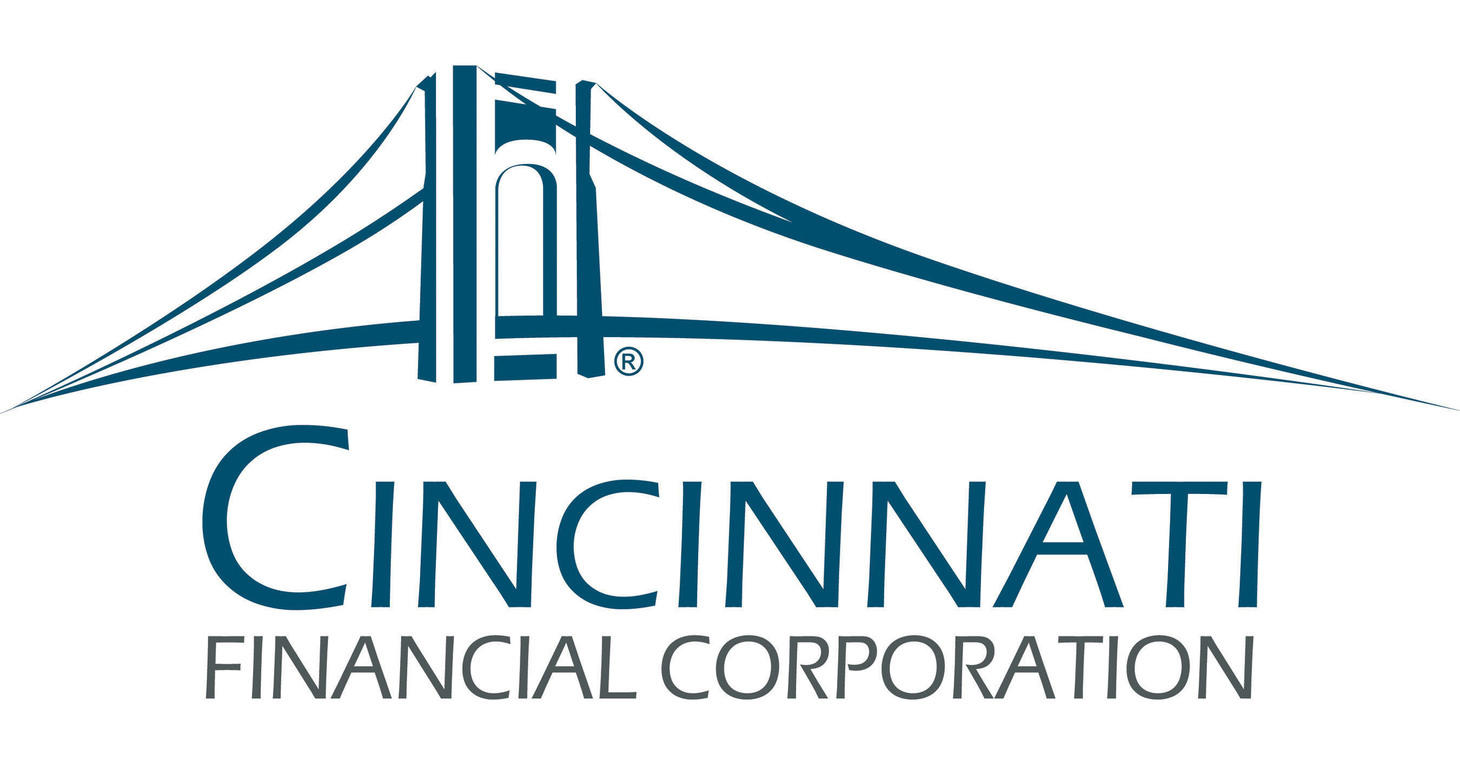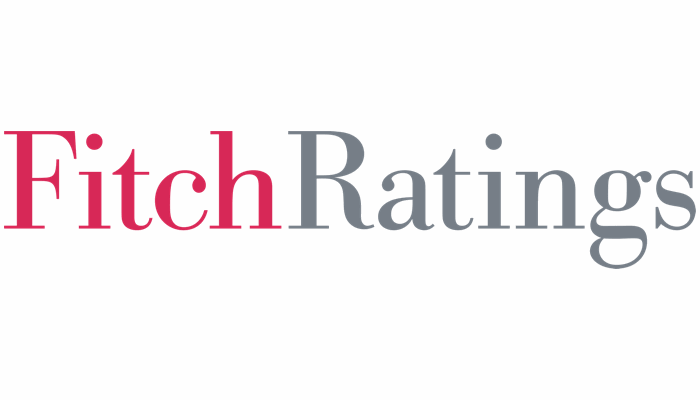News

NFIP Shutdown Stalls Closings--Agents Turn to Private Flood Solutions
As the National Flood Insurance Program (NFIP) faces a temporary shutdown due to stalled reauthorization (Information current as of press time.), insurance agents across the country are urgently seeking alternatives to protect homeowners in flood-prone areas. The disruption has created quoting delays, policy lapses, and complications for homebuyers trying to close on properties in mandatory flood zones.
The NFIP's lapse has left agents unable to quote or bind policies through federal systems, creating uncertainty for buyers and lenders alike. In many cases, flood insurance is required to close a mortgage, and without access to NFIP policies, agents are reporting stalled transactions and frustrated clients.
"Homebuyers are stretched thin, every dollar matters. When closings stall because of a government shutdown, the stress is real. CATcoverage gives agents, mortgage professionals, and buyers a way to keep deals moving and help protect affordability," said Marissa Skinner, Managing Director at Poulton Associates.
Each month, hundreds of thousands of homes are sold across the U.S., with a significant portion located in flood-prone regions. Many of these transactions require flood insurance to meet lender requirements—requirements now complicated by the NFIP's temporary shutdown.
Research

Traffic Hits Record High as Commuters Rewrite the Rush Hour
The 2025 Urban Mobility Report finds traffic’s return is changing how, when and where we travel
Americans lost an average of 63 hours sitting in traffic in 2024 — the highest level ever measured — according to the Texas A&M Transportation Institute’s (TTI’s) latest Urban Mobility Report (UMR). That’s the equivalent of nearly eight full workdays lost to traffic and marks a 16 percent increase in national congestion costs over the last five years, now totaling $269 billion annually.
While the volume of traffic has returned, researchers found travel patterns have shifted. Delays are no longer confined to the traditional weekday rush hours; instead, they’re spreading to midday, midweek and even weekends.
“The numbers show more traffic than we’ve ever seen, but also a different kind of traffic,” says David Schrank, TTI senior research scientist and lead author of the study. “Hybrid work capabilities, online shopping and other changes in our daily lives have reshaped when and where congestion happens. This can create more unpredictability and make travel harder to plan.”
While congestion has reached record levels for the average commuter, researchers note that some regions are absorbing travel growth more efficiently than in the past. Shifts toward off-peak travel times and days — likely driven in part by hybrid work schedules — have helped spread demand across more hours, easing some pressure on peak periods. In other areas, delay has returned more quickly despite similar changes in travel patterns.

Remote Work Drives 40% Drop in Workers' Comp Claims for Office Workers, but Overall Impact Remains Limited
NCCI study reveals dramatic frequency declines in remote-friendly jobs, though these workers represent just 11% of total workers' compensation premium.
Remote work has fundamentally transformed workplace injury patterns, with office workers in remote-friendly positions experiencing up to 40% fewer workers’ compensation claims since 2020, yet this dramatic shift affects only a small fraction of the overall workers’ comp system, according to a new study from the National Council on Compensation Insurance (NCCI).
The pandemic-driven shift to remote work has proven durable, with current estimates showing 20-30% of U.S. workers now work remotely, up from just 4-7% before 2020. This transformation has created distinct patterns in workplace injury frequency that vary dramatically by job type and industry sector.
The NCCI analysis reveals that workers in what it calls “Special Classes” – primarily clerical office employees, telecommuters, and salespersons – within the “Combined Office sector” (information, financial activities, and professional services) saw workers’ comp claims frequency plunge 40% in 2020 and remain at those reduced levels through 2023. By comparison, frequency for all other worker categories declined just 8% over the same period.
The study found particularly steep declines for specific injury types among remote-friendly positions. Slip and fall incidents dropped 50% for remote-friendly jobs, while motor vehicle accidents fell 44%. Even strain injuries, typically associated with physical labor, declined 26% in remote-friendly positions as workers avoided commutes and office environments.
AI in Insurance

Over a third of Americans fear AI bots have final say on insurance claims
Thirty-six percent of U.S. consumers say they’re scared AI bots will decide their insurance claim, according to a survey by Answering Service Care.
Eighty percent of U.S. consumers want to know if they’re speaking to AI, the data showed, with 37% saying they’d lose trust in a company that hides AI and 15% saying they’d boycott the brand entirely.
"Quietly swapping claim handlers for chatbots doesn’t just alienate customers, it de-skills licensed professionals, depresses morale and accelerates attrition by stripping judgment from the job," Logan Shooster, VP at Answering Service Care told PropertyCasualty360.com. "The path forward is transparent policies and live, licensed people on the line for claims with any automation kept behind the scenes and a one-step path to a human every time. Insurance claims are human moments."
Other key takeaways… - For businesses, the stakes are real - 62% of small business owners fear financial losses if customers abandon AI-driven calls.
Suspicion is widespread, with 81% convinced AI is being used secretly and six out of 10 worried it is shaping sensitive interactions in banking, healthcare and even emergency services.
Sixty-two percent of small business owners fear financial losses if customers abandon calls once AI is revealed, and 43% worry about long-term damage to trust. - Efficiency may be appealing, but secrecy makes it unsustainable.
Overall, 71% of Americans fear AI voices are being used without disclosure, with 41% specifically worried about bank or financial support lines. Another 34% suspect that tax or government helplines are doing the same.

When generic AI isn’t enough: why insurance needs its own brain
Insurance companies may be eager to adopt generative AI capabilities, but generic models often fail to grasp the industry’s complexities. That is the problem Roots set out to solve with InsurGPT, a domain-trained AI designed specifically for insurers.
Roots co-founder and chief executive Chaz Perera spent over 14 years within the insurance sector, as an underwriting and claims operations leader, eventually rising to the chief transformation officer level at AIG, a top-10 global commercial lines carrier.
During this time, Perera watched as insurers struggled to automate the immense amounts of unstructured data in nearly every insurance process. Traditional approaches typically involved mailroom document scanning – emails (often with several attachments), faxes, written notes, and even structured forms that didn’t fit existing automation templates well – and then passing them to a human expert to read, understand, and make decisions… dozens, even hundreds of times every day.
With few changes, this inefficient, time-intensive, and error-prone approach was insurance’s answer to its data challenges for the past half-century – and it was costing the sector billions of dollars yearly. Perera knew that by implementing AI capable of understanding unstructured data, insurance firms could move beyond the practices of the past. READ ON
InsurTech/M&A/Finance💰/Collaboration

Independent Insurance Agency M&A Activity Slows Through Third Quarter
Independent insurance agency mergers and acquisitions slowed in the first three quarters of 2025, with 520 deals announced so far this year, according to the latest report from OPTIS Partners, a financial consulting and investment banking firm specializing in the insurance industry. This is a 7% decrease from the same period in 2024.
However, the pace of M&A activity picked up in the third quarter with 188 deals announced, a 5% increase from the second quarter, the report said.
Among buyers, BroadStreet Partners continued to lead with 57 transactions year to date, followed by Hub International with 38 transactions. Three buyers continued to increase the pace of acquisitions over the past 12 months: Alera Group, up 100%; HighStreet Partners, up 75%; and King Risk Partners, up 53%.
OPTIS tracks buyers by four groups: private equity (PE)-backed and hybrid buyers, privately held brokers, publicly held brokers, and all others. Through the third quarter, PE-backed and hybrid firms continued to lead buyers, accounting for 72% of all acquisitions year to date.
In addition to insurance brokers, these buyers now include institutional investors such as family offices, pension funds and sovereign wealth funds. Privately held brokers announced 145 acquisitions through the third quarter, while publicly held brokers reported 54 deals.

OpenText Unveils New Solutions for Guidewire to Power AI and Cloud-Ready Insurance Workflows
OpenText™ (NASDAQ: OTEX) (TSX: OTEX), a global leader in secure information management for AI, today at Guidewire Connections unveiled its new OpenText Content Cloud solutions for Guidewire, designed to help insurers move to the cloud faster and gain smarter, more efficient access to critical policy and claims content.
The volume of content insurers manage, from accident photos and correspondence to policy applications and inspection reports, is growing rapidly. At the same time, policyholder expectations are rising; seamless service and faster claims decisions are now minimum requirements.
The new OpenText solutions for Guidewire PolicyCenter, ClaimCenter, and BillingCenter embed content and AI-powered assistance directly into insurance workflows, enabling underwriters, adjusters, and service teams to spend less time searching and more time delivering outcomes.
"Modernizing in the cloud and scaling AI are top imperatives for insurers today, but content often stands in the way," said Sandy Ono, Executive Vice President and Chief Marketing Officer at OpenText. "With these new solutions for Guidewire, we're helping insurers not just manage their content, but activate it too, by embedding AI directly into core applications so teams can make faster decisions, improve records management and compliance, and transform customer experiences."
Commentary/Opinion

Socotra CEO Dan Woods on Innovation and Insurance’s Technology Gap
Socotra (Austin) CEO Dan Woods views innovation in insurance as less about invention than about removing friction.
“Insurance doesn’t need innovation,” he says. “It just needs to catch up.” The statement, at once provocative and pragmatic, reflects his conviction that the industry’s persistent lag behind other sectors stems from cultural and structural inertia more than technical impossibility.
Woods’ career began far outside insurance. A computer scientist by training, he was the 20th employee at data-integration and intelligence-software company Palantir Technologies (Denver), where he helped design and deploy data platforms for demanding clients across intelligence, defense, and industry. “At Palantir we built something remarkable,” he recalls. “We saw what smart people using best practices could do compared to what was generally available to a lot of industries.”
When he turned his attention to insurance, Woods was startled by the contrast. “I came out of computer science and Palantir—I understand how you build quality software,” he says. “And I thought, if four kids in a dorm room can build a photo-sharing app that doesn’t go down for upgrades and publishes its APIs, why can’t the best software companies serving an industry that represents nearly ten percent of GDP do the same?” CONTINUES

New Florida carriers face steep learning curve, warns CEO
The surge of new carriers may be underestimating the market's complexities
Competition in Florida's homeowners insurance market has intensified as a wave of new carriers enters the state, according to Universal Insurance Holdings chief executive officer Stephen Donaghy.
Speaking during the company's third-quarter earnings call, Donaghy said many of the new entrants may not fully understand the state's complex and evolving market conditions. He said Universal, which has operated in Florida for 25 years, continues to focus on maintaining rate adequacy rather than pursuing premium growth at the expense of stability.
Donaghy also noted that independent agents are showing a preference for established insurers when rates remain competitive.
Universal, Florida's largest private homeowners insurer, reported an available net income of $39.8 million in the third quarter, reversing a $16.2 million net loss a year earlier. Net premiums earned rose 4% to $359.7 million, while the combined ratio improved 20.5 points to 96.4, according to a report from BestWire.
Financial Results

Cincinnati Financial Reports Third-Quarter 2025 Results
Insurance Operations Highlights
- 88.2% third-quarter 2025 property casualty combined ratio, improved from 97.4% for the third quarter of 2024.
- 9% growth in third-quarter net written premiums, including price increases, premium growth initiatives and a higher level of insured exposures.
- $356 million third-quarter 2025 property casualty new business written premiums, down 12%. Agencies appointed since the beginning of 2024 contributed $32 million or 9% of total new business written premiums.
- $28 million third-quarter 2025 life insurance subsidiary net income, up $8 million compared with the third quarter of 2024, and 5% growth in third-quarter 2025 term life insurance earned premiums.
Property Casualty Underwriting Results Shine
Stephen M. Spray, president and chief executive officer, commented: "Non-GAAP operating income more than doubled last year's third quarter to $449 million, bolstered by underwriting profits as well as pretax investment income that increased 14% over last year's third quarter.
"Property casualty insurance underwriting led our strong performance. Underwriting profits before taxes rose to $293 million in the third quarter, turning our nine-month results to a positive $123 million. Our combined ratio of 88.2% was our best third quarter result since 2015. On a nine-month basis, our combined ratio was 98.4%. With one quarter to go, we are within striking distance of our target long-term annual average range of 92% to 98%.
"Better weather helped us achieve healthy results for our insurance operations with a third-quarter impact from catastrophes at just 3.7 percentage points. More importantly, our results reflect the diligent execution of our deliberate strategies for profitable growth. We have set ambitious goals for ourselves, and our associates are rising to meet them. As I travel to see agents across the U.S., I'm happy to hear one question repeated, 'How can we do more together?'."

Prudent reserving gives large global reinsurers flexibility to smooth earnings: Fitch
Fitch Ratings’ latest analysis of a leading global reinsurer peer group, including Hannover Re, Lloyd’s, Munich Re, PartnerRe, SCOR, and Swiss Re, found that their reserving remains prudent, offering scope to manage and smooth earnings across the medium term.
Fitch said that sustained underwriting results and robust investment income made 2024 the second consecutive year of very strong property and casualty (P&C) financial performance in a prolonged favourable market.
“Average reported return on equity was very strong, at 14% in 2024, down from the 2023 cycle peak of 20%,” Fitch said.
The agency noted that P&C reinsurance benefited from the continuation of favourable terms and conditions at renewals, as well as lower-than-budgeted large losses in 2024, while life and health business performance was also strong.
Although Q1 2025 results were weaker than the same period in 2024, Fitch reported that earnings remained solid overall, as healthy underlying performance across most business lines helped to offset losses from the Los Angeles wildfires.

Canada’s P&C insurers weather record cat losses while maintaining stable outlook: AM Best
According to a new report from the credit rating agency AM Best, Canada’s property and casualty (P&C) insurers drew on strong capital reserves, prudent pricing, and sound risk management practices to absorb the financial effects of the country’s costliest year for natural catastrophes.
AM Best notes that it is maintaining a stable outlook for the Canadian P&C insurance market, supported by solid profitability, steady underwriting performance, and favourable investment income.
The agency also points to Canada’s well-established and continually evolving regulatory framework, ample reinsurance capacity, and moderating inflation as key elements underpinning the sector’s resilience.
At the same time, AM Best highlights that Canadian insurers continue to face headwinds, including ongoing climate-related risks, difficulties in the personal auto segment such as increased accident frequency, and continued economic uncertainty.
“These pressures are testing the industry’s resilience and demand continual refinement of underwriting strategies and risk management practices to sustain profitability,” commented Alan Murray, Director, AM Best.
Podcast Sponsor

Audio Version - 'Connected: The Podcast' --- Sponsored by Pulse Podcasts
The ‘Connected’ Podcast by Alan Demers and Stephen Applebaum, is a condensed audio version of the day's ‘Connected' newsletter, a daily scan of all the happenings in the world of Insurance & InsurTech News.
Pulse Podcasts: Introduce a new way for your audience to hear your voice! We are a podcast creation service that helps businesses turn their written content, like blog posts and news articles, into beautiful podcasts. Our platform writes the script, records the voices, and mixes the audio to create engaging content for your audience. It's affordable and has super-fast turnaround!
LISTEN AND SUBSCRIBE BELOW
